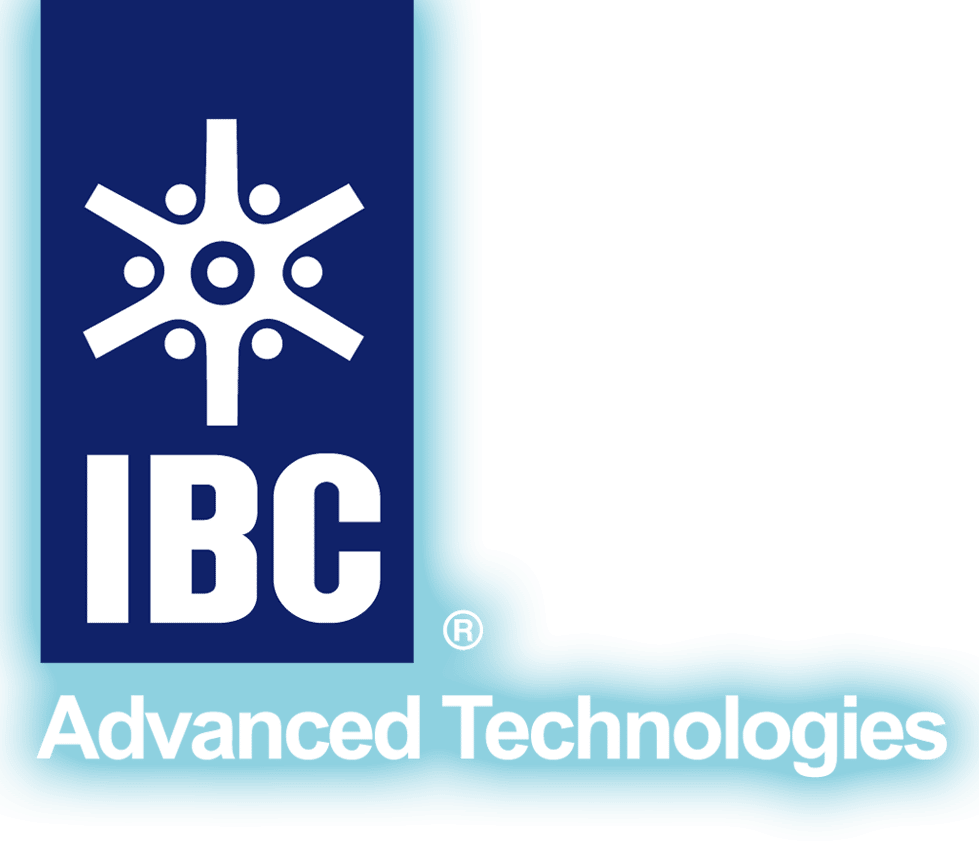Urban mining as an excellent source for silver, gold, palladium, platinum, rhodium, copper, cobalt
Archives: Publications
Recovery of Value-Added Metals from Copper Refining Streams using Molecular Recognition Technology
Highly selective separation and recovery at high purity of rhenium and palladium
Precious Metal Separation and Recovery from Primary and Secondary Sources using SuperLig® Molecular Recognition Technology (MRT) Processes
– Green chemistry and green engineering principles applied to metallurgical metal separations – Highly selective individual precious metal separations and recovery at high purity
Selective Separation and Purification of Platinum Group Metals, Rare Earth Elements, and Cobalt from Primary and Secondary Sources using a Green Chemistry SuperLig® Molecular Recognition Technology (MRT) Approach
– Highly selective individual separation and recovery from primary ore of palladium, platinum, rhodium, iridium, and ruthenium at high purity – Highly selective individual recovery of platinum and ruthenium from alloy scrap

